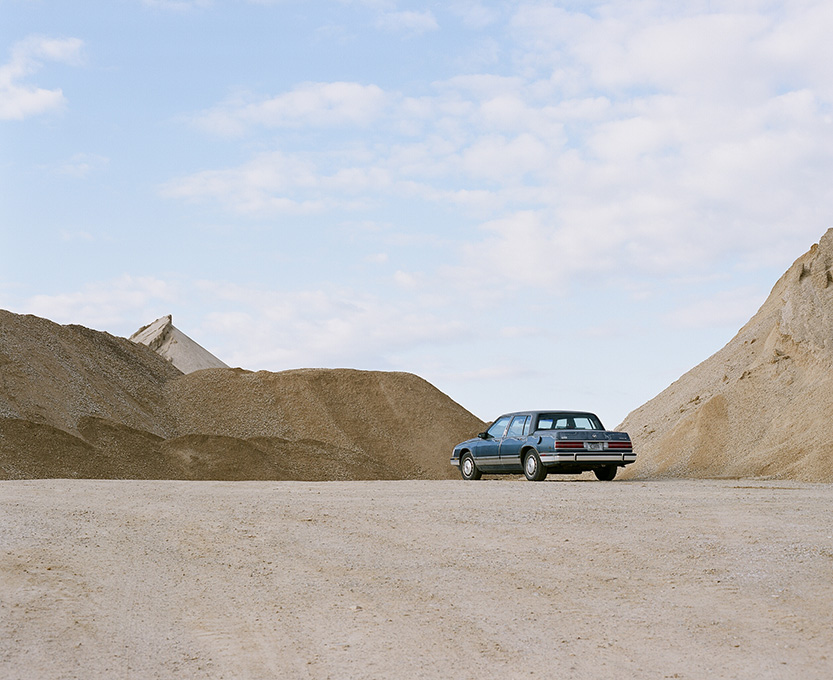It was an honor for us to have this exchange with Patrick Warner, a 28 year old photographer, GIS Analyst and an Emergency Medical Technician. He’s originally from Missoula, Montana but he’s now based in a town called Florence just south of Missoula. His interests in photography vary from the surreal (like David Lynch and Gregory Crewdson), to the contemplative (Robert Adams) and the cinematic (Alec Soth and Richard Misrach). He has always been fascinated by how a typically mundane place can change into something beautiful because of light. His equipment consists of a tripod, exposure tables or a light meter on his phone and either a Mamiya 7 or a Pentax 67. Patrick likes to keep it pretty simple and doesn’t consider himself a gear head.
What got you into photography and what did you capture in your first pictures?
Movies got me into photography. I love films and the beauty of cinematography. In high school when I was making some little movies for classes and for fun with my friends, I wanted to go to film school. Eventually, I visited the Montana State University film school to meet with the head of the film department and he gave me a realistic perspective of what the industry was like: you’re not going to be the next Scorsese or Spielberg and you’ll be lucky if you get a job that pays the rent. I didn’t pursue it because I was discouraged, but I still had that need to be creative. I began to go down the rabbit hole of film cinema in college and I became obsessed with Stanley Kubrick after watching 2001 and Dr. Strangelove. When I discovered his street photography and his work from Look magazine, that began to perk my interest in photography and study it more. I was 19 when I first actively started taking pictures of animals and landscapes while on vacation in Hawaii. Then the photos I took for the next couple years were cliched close-ups of objects and really bad conceptual pictures that still make me cringe.
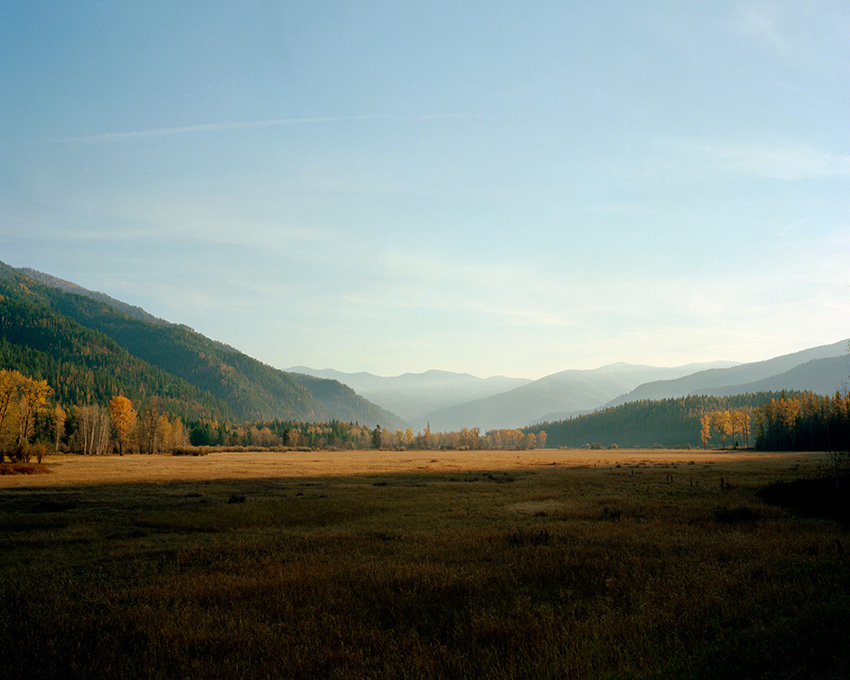
You photograph the region you grew up and now live in, how do you keep a fresh eye?
I experiment and travel as much as I can, going to places that I haven’t been to, but even then it’s still hard. Going to a new place doesn’t guarantee a good photo and I’ve found that out the hard way. Part of having a fresh eye for me is being constructively critical about what kind of pictures I take and the pictures I should take. I can be very hard on myself about this to the point of psychological masochism, especially if I haven’t shot anything for a long time. Obstacles like school, work, time, and especially money can make this even harder. However, the important thing for me is the simple rule of working hard to consistently get better while making as many opportunities to shoot as I can. I’m also fortunate enough to live in a very big state like Montana where the highways can take you from the Pacific Northwest to the Rocky Mountains and to the beginning of the Great Plains.
Montana seems to be a very quiet and peaceful place, where it’s easy to be lonely. Is solitude something you intend to reflect in your pictures?
I think that’s accurate and maybe it reflects my introversion somehow. There is solitude in big open places and especially nature. I’ve also find myself photographing truck stops a lot in the last few years, and I think there’s a sense of loneliness in those places. Overall, I think I just want to show a quieter, more reflective side of the west and not so much like the wanderlust pacific northwest photography.
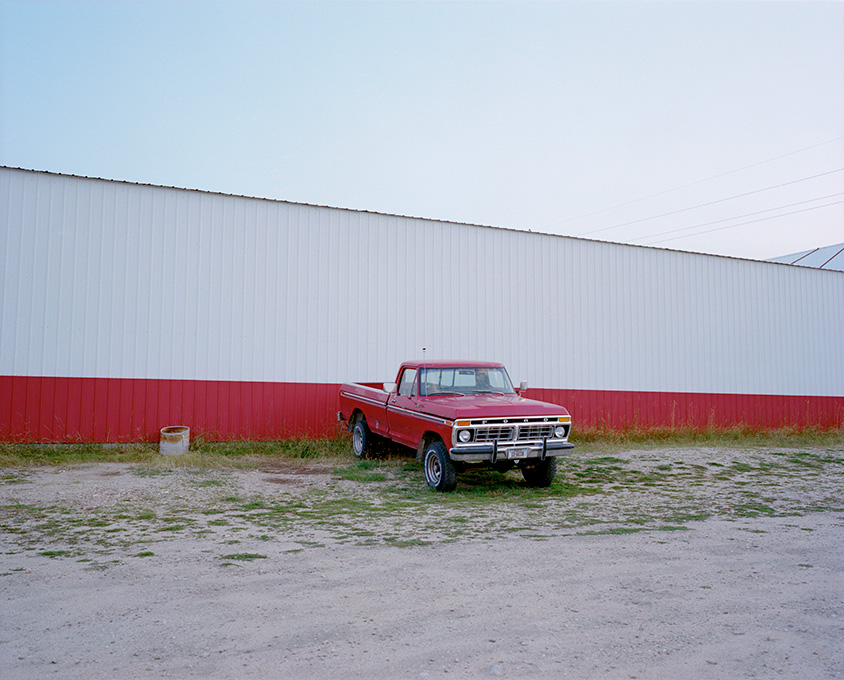
Since the nature is really present in your work, is it an important aspect of life there?
Absolutely. There’s definitely a lot of pride and romanticism about nature here. Most of the photography taken in Montana is landscape based because of it’s open, diverse geography. Not to mention, people love the outdoors here and it’s not something they take for granted since nature conservation is an important issue here.
“The important thing for me is the simple rule of working hard to consistently get better while making as many opportunities to shoot as I can”.
The western side of the state tends to be more environmentally friendly than the eastern side with the Oil boom near North Dakota. This can often come into conflict when people protest oil companies transporting megaloads or trains carrying oil through the state. Even developing ski resorts, like the ones that are popular in many Rocky Mountain states, can face a lot of scrutiny because of this attitude.
We believe your shooting sessions are about exploration and long drives. Describe us a shooting day, do you plan ahead or let yourself be guided by instinct and casualty?
A bit of both. I usually plan where I want to go and may have some shots in mind. When I’m actually on the road, it’s more of an intuitive process guided by planning. I like to pick a place or road to travel on during the weekends when I have time or if the conditions are temporary like a foggy area, I just go without planning. I’ll leave in the morning or whenever I think I can get somewhere in time for golden hour. On the way, I’ll constantly stop to take pictures, almost to a dangerous fault. Other times, I’ll remember a place or scene and go back to it during the right light. I’ve found that going to one place usually leads going to another place that wasn’t planned, which is good. It’s always good to just let the road take somewhere you haven’t been to.
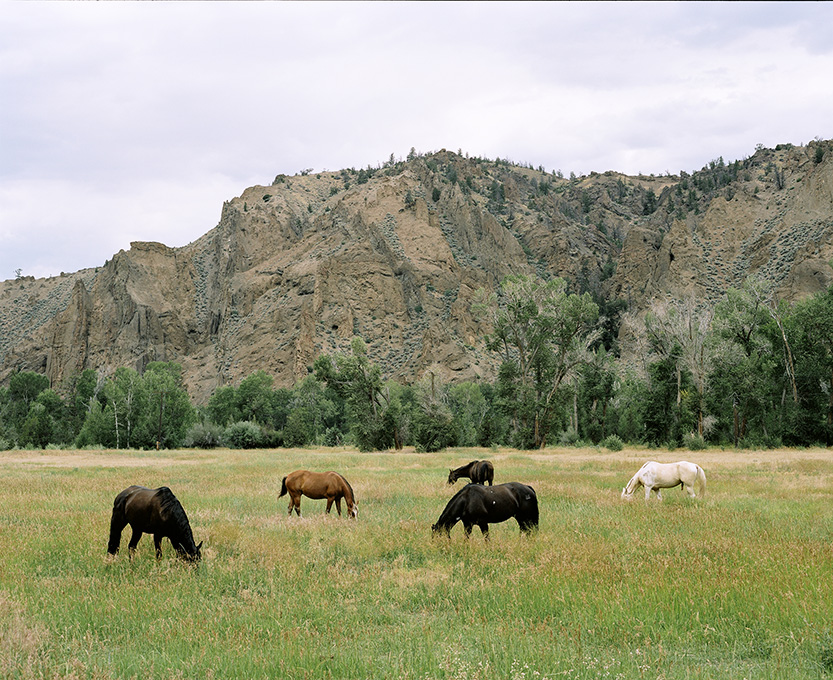
What is the perfect soundtrack of your photographs? What do you listen to when you shoot?
I think Neil Young or Brian Eno would seem fitting for the pictures. I don’t really have a set soundtrack for when I got out shooting, I usually just put my ipod in shuffle mode. Although, I do find myself frequently listening to old school hip-hop like A Tribe Called Quest or podcasts when I’m on the road.
Daylight or nightlight, summer or winter… what is your favorite atmosphere to explore?
Any sort of haze that instantly changes the landscape like fog, rain, snow, or smoke. In terms of the seasons, I like shooting in the late summer to early fall, there’s an interesting mood that makes me feel a bit more creative for some reason. I also love artificial light during the late evenings and nights. I started shooting at night after I saw the great work that the Baltimore photographers like Patrick Joust, Josh Sinn, and Bryan Vana were doing. Something immediately clicked for me and I knew I had to give it a try.
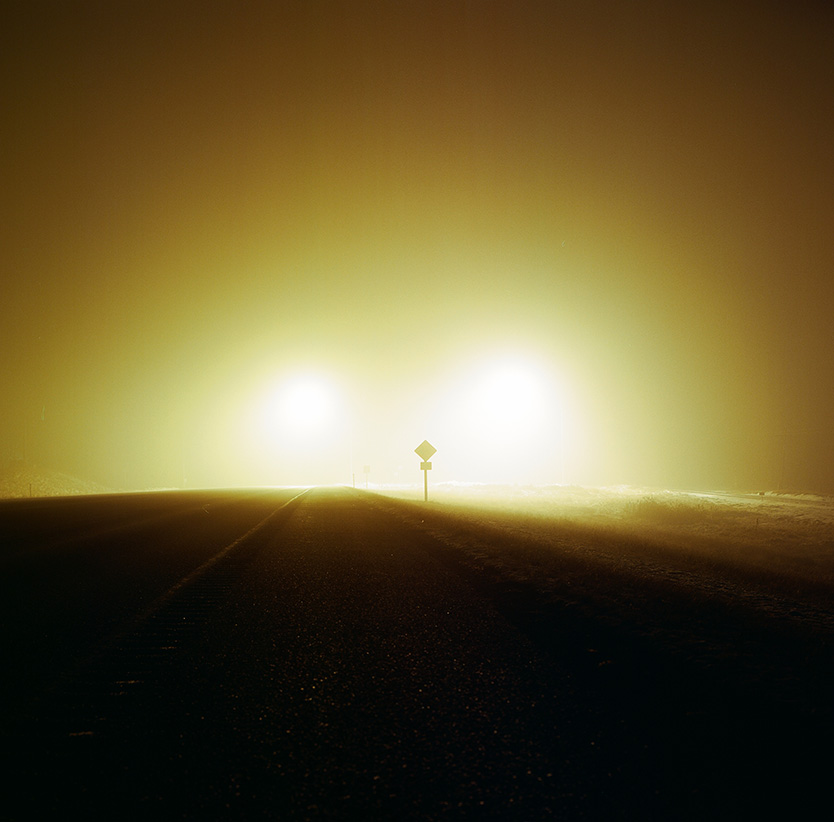
Who are the people in your portraits, and what role do they play in your work since most part of your pictures are landscapes?
I’d like to think they bring a sense of authenticity. I’m usually a very shy person and I don’t take portraits as often as I want to. I generally take pictures of people at a distance for a scene. There’s an interesting relationship between people and the places they inhabit in pictures, but it’s not easy to capture the true side of person in a photo. In fact, I’m not sure if you ever really do. But I still like interacting with people who feel real and have this look to them that speaks more to me than any model. There’s something about the person that makes them fit with how I see the place.
We can see a certain influence from Todd Hido in your work, what have you learned from him?
The look of his photography definitely inspired me and when I think of Hido, I see him more as an artist than a photographer. I’ve always thought of an artist as someone who can take different mediums and create their own vision. An artist to me is someone like Hido who has a unique vision which a lot of photographers, including myself, emulate. Philosophically, Hido has taught me is that photography can be personal and reflective, which is important for an artistic vision. There’s a good, brief interview with him where he talks about how his projects remind him of home. So I think photography is better when it’s personal to the photographer.
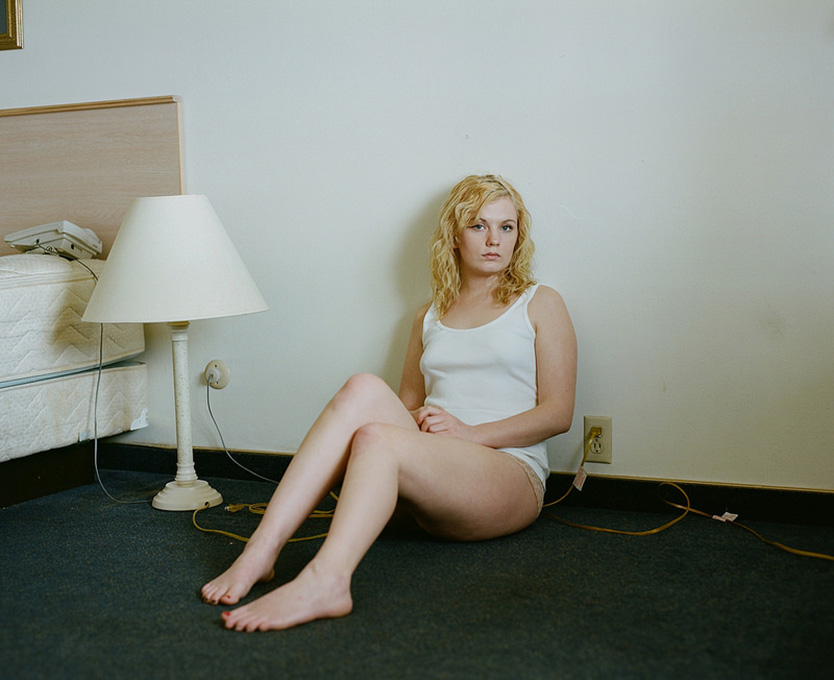
What is your bedside book?
There’s a couple. Listen to the echoes: The Ray Bradbury Interviews, One of Us: The Story of Anders Breivik and the Massacre in Norway, and The Visual Display of Quantitative Information. My photo books are on the shelves ;).
Do you have a movie that inspires you?
Yes, I really dig movies like Mystery Train, Punch Drunk Love, Magnolia, Cool Hand Luke, Enter the Void and Hunger. I’m also a sucker for any movies with Roger Deakins‘s cinematography.
What are your future plans? Would you like to work on a book?
As of right now, I’m working on a project about Northern Montana, specifically about US highway 2, which stretches from the western mountainous side of the state, to the eastern side near the Bakken oil fields. At some point I’d like to make a book about it, but my priority at the moment is to make a website for my work.
Are there any good photo related venues in your town or in Montana that you attend to?
There’s an art museum in Missoula and a few minor venues, but for the most part photographers usually put their work up in coffee shops or restaurants around here.
And last but not least, what is your favorite photo website(s)?
The LPV Picture Show, Photographs on the Brain, The New York Times Lens Blog, National Geographic, Strange.rs, American Suburb X, and many other curated Tumblr sites.
